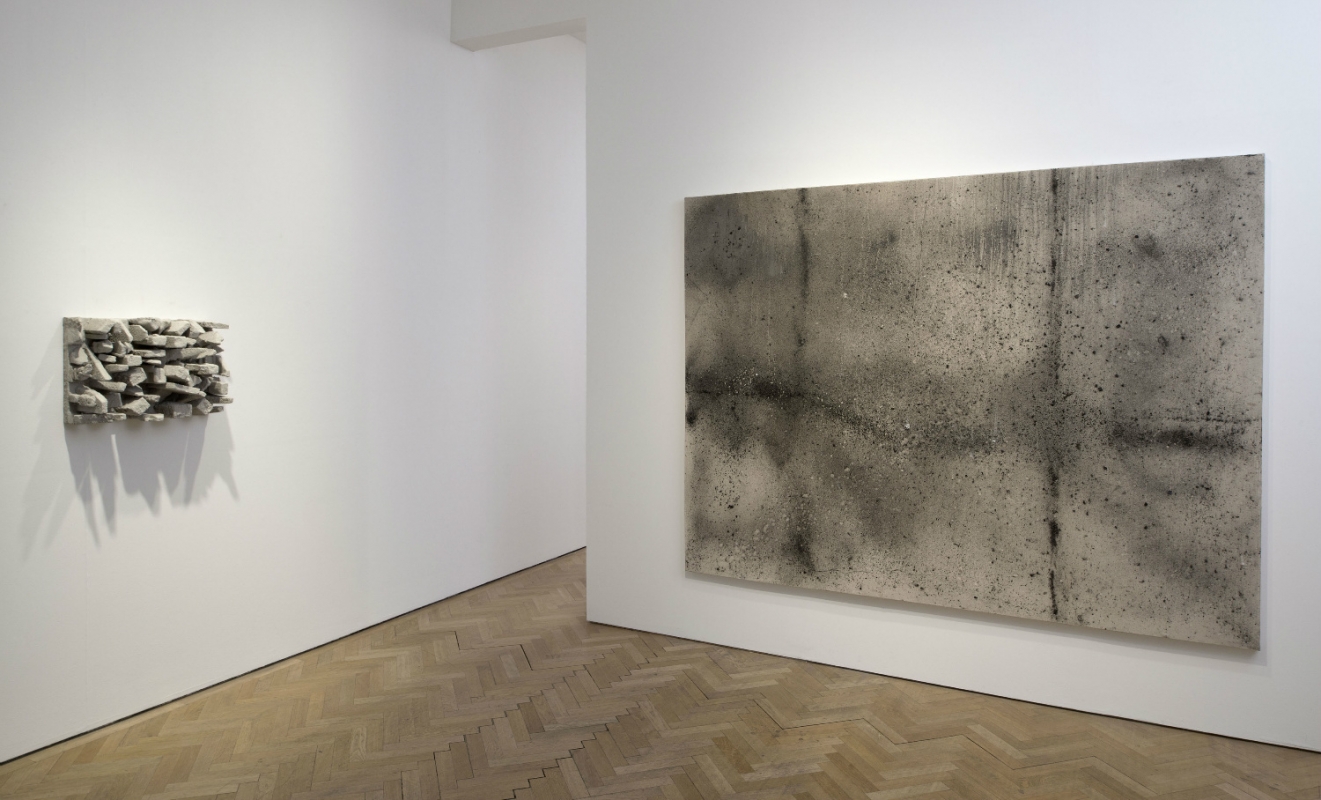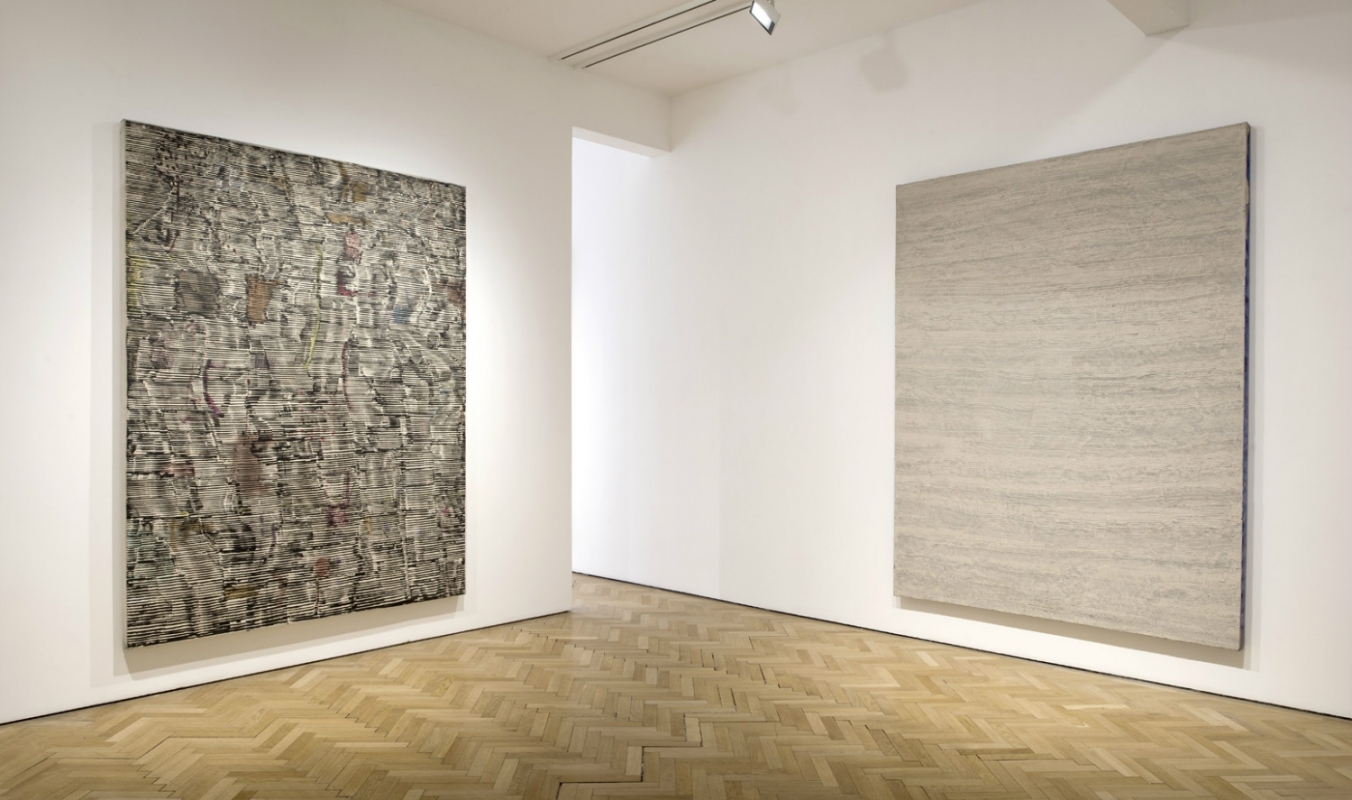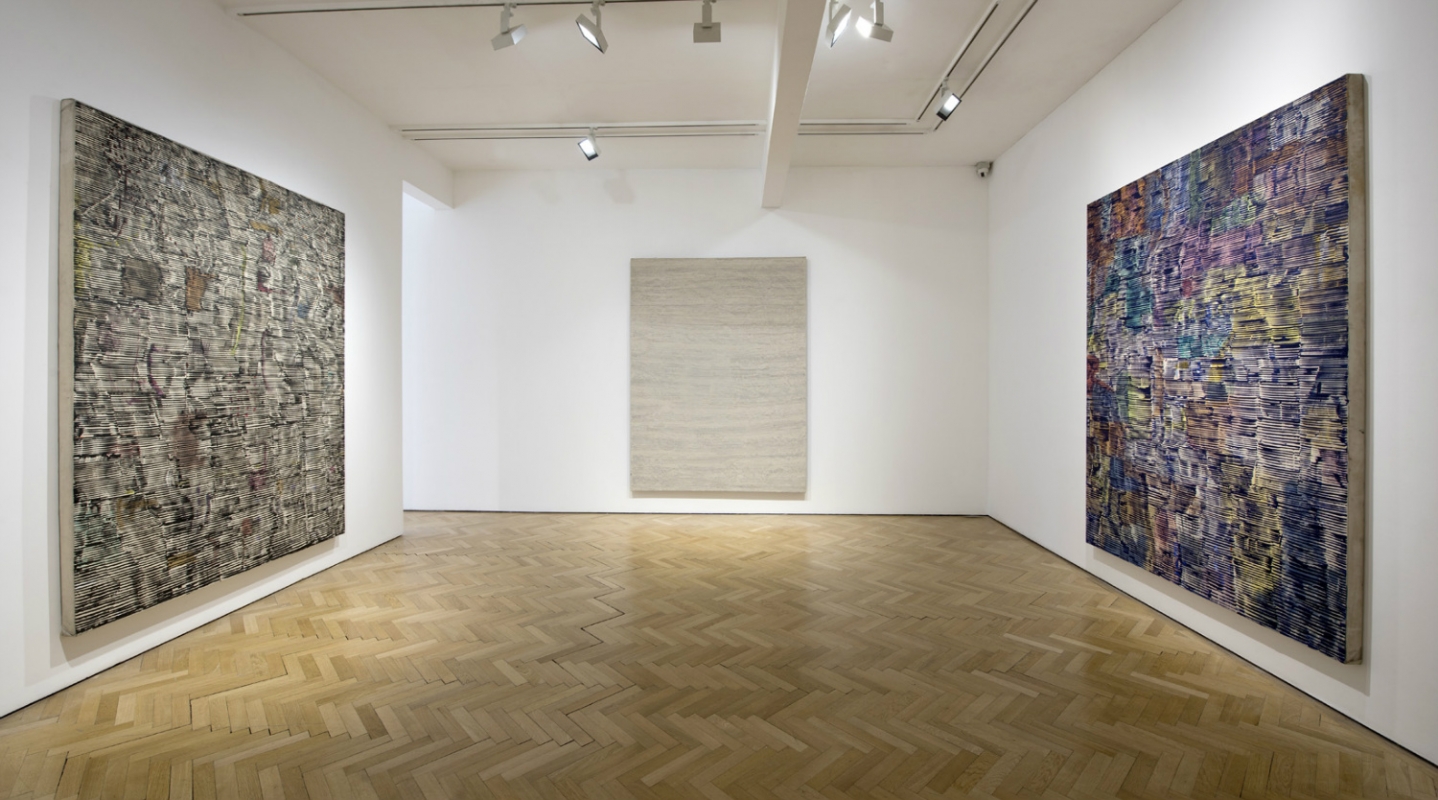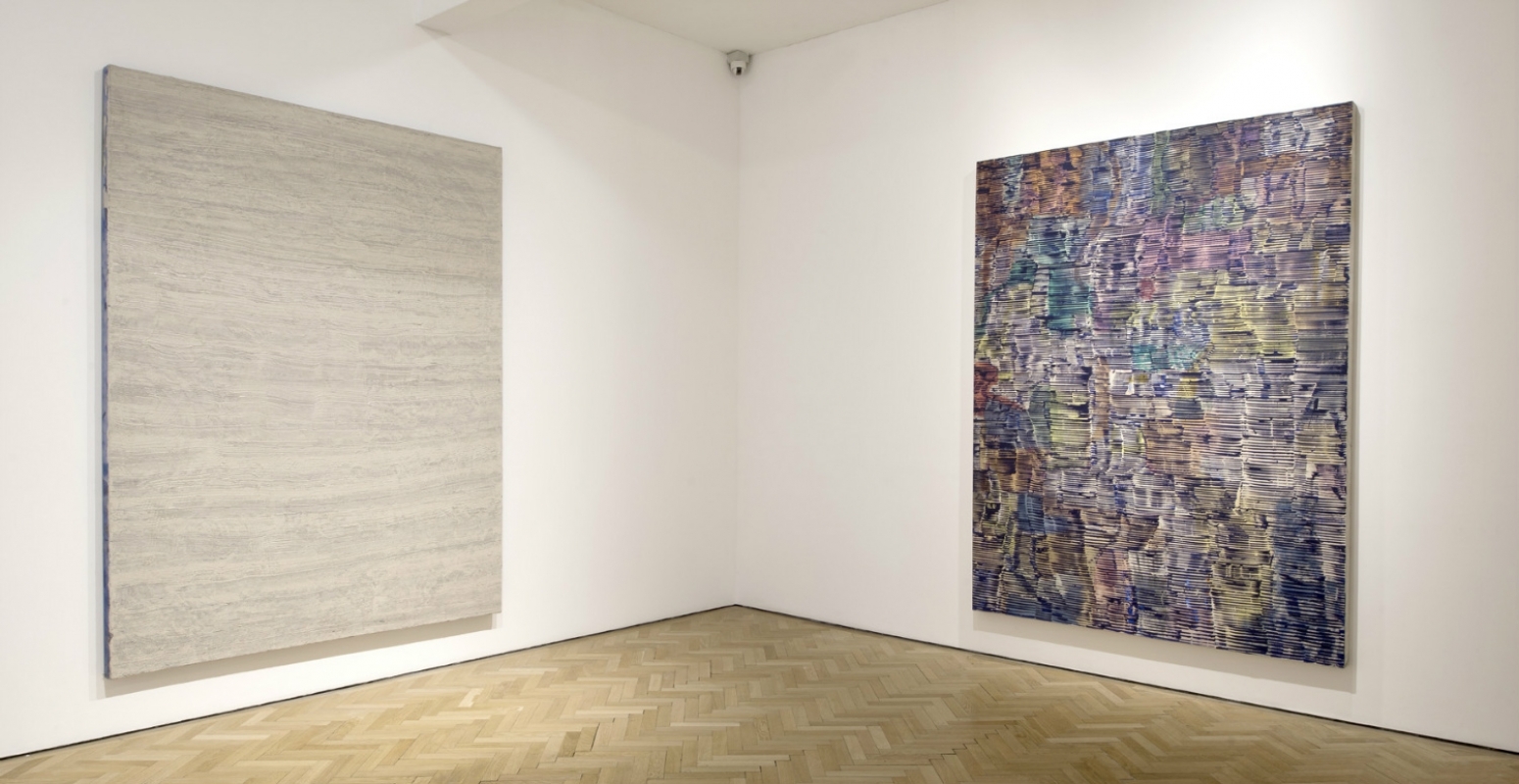Q&A With Duncan MacAskill
Q: Can you tell me about your background?
I was named after my maternal grandfather, who was torpedoed in the war. I was an avatar, a replacement for him and therefore it was strange being brought up as a replacement for someone missing. I was brought up in a great ship building town called Clydebank in the West of Scotland. Although one looked down the hill to the shipyard and all the steel works, your bank was the countryside which was accessible in 10 minutes on a bike. From looking at all the welding sparks of the shipyard, in ten minutes you could be listening to the Curlew.
At high school I loved gymnastics, art and football and then went to Glasgow School of Art.
My father was a carpenter.
Q: Do you remember the first artwork you made, and can you tell me about it?
When I was at school there was a drawing competition held at the Kelvin Grove Museum and Art Gallery each year. I won medals on a few occasions from this outing, although I wouldn’t consider these my first artworks. Being frustrated at high school, I took myself off to night classes at Glasgow School of Art and possibly those drawings might be considered as my first works.
I drew and painted members of my family from an early age. One early series of drawings that I made was done using a pin on carbon paper on cartridge; I was about 15 at that time.
Q: Was there a particular moment or event where you decided to become an artist?
I always loved drawing, I always asked people questions that they couldn’t answer and I loved working with my hands. I’m going to tell you something that I didn’t find out until my second child was born; I am dyslexic. It seems obvious now that the exams and the structure of school was very difficult for me, and that I felt very comfortable in my own world. So therefore, I had an independent view of the world and that lent itself to being an “artist” rather than a footballer.
Q: What influences you?
Being dyslexic I don’t read very much and therefore my influences are like a magpie. But something that I do like, but don’t always understand is science.
When I was 9 my brother was born and after a month he was taken into hospital with osteomyelitis and my parents could only visit him at weekends and children weren’t really allowed into wards. (Fortunately) across the road from the hospital was the Kelvin Grove Museum and Art Gallery. I spent hours looking at working ship engines and models, Korean warriors, the insect room, Gannet’s nesting sites and Courbet’s and Dutch still-lifes. I would also go there to hear the grand organ being tuned.
We lived in my grannies house and she taught me to garden.
He was in hospital for two years. I would think that all of that formed quite a profound part of my education.
There was no television then and my parents didn’t have many books in the house, so I self educated myself through doing things that I liked.
Q: The paintings made of ashes and glue, I would love to know more about these, the process, idea and how you made the decision to burn older works and use the ashes?
When I was in my early thirties my father died and he was cremated and I was quite comforted by having a casket of his ashes, which we later cast into a river on the Island of Arran that led into the Clyde Estuary. It was an intuitive decision to use ash as a medium. It’s just one step down from charcoal really. Also it’s basic and there are times when I do like working in monochrome.
The burning of the old work was just a practical decision of making more space and some had been damaged because they had been left outside. I don’t like throwing anything away, so recycling is part of my practise. I recycle both my materials and ideas. My painting technique is also intuitive and the material sometimes suggests the process.
Q: The postcards series, could you tell us some more about these, and how it started?
When at art school, I kept notebooks which I still have, and I still keep sketch books and my postcards are really single sketch books that are mailed off to people. My wife is a theatrical agent and I used to send a good luck card to the client’s on their opening night. And I’ve kept doing that, but the people I send it to have grown, to the point that I’ve sent tens of thousands of ‘mail art’. I didn’t realise it was an art form until I was told by Richard Morphet.
They fall into lots of series. From working drawings, found objects, packaging, signatures, viewing cards, word plays, philosophical cards, longitude and latitude cards etc. And using everything to hand. What I’ve found accessible about mail art that when you are on holiday, you can just post anything. You don’t need to have lots of materials that you’ve brought with you. Whatever is at hand can be incorporated. It is a personal diary.
When I was at art school there were very few reproductions. And the few that we had, say a Van Gogh were the nearest we would get to the original. When I actually got to see an original Van Gogh, it was shocking. The post card could never convey the emotional response, that you gave to the original. I think the stubbornness in me wanted to sort of make postcards that one could have an emotional response to and that they were a work of art in their own right.
Q: The DNA paintings- Can you tell us more about these?
I saw a program about Fermat’s last theorem and during it they showed the pattern of a flower seat head. And then the mathematical forms throughout nature, then the discovery of DNA and to me it just seemed natural that I would paint those forms as an artist not as a scientist.
During the early nineties, when the series was made, I researched the medical visuals that they used in DNA research and application. Over the years technology has changed the visual way that doctors and scientists regard the information. I just superficially took the patterns once again being an artist rather than a scientist.
Mail Art has been useful here to play around with these forms of information, as is fractals and archaeology.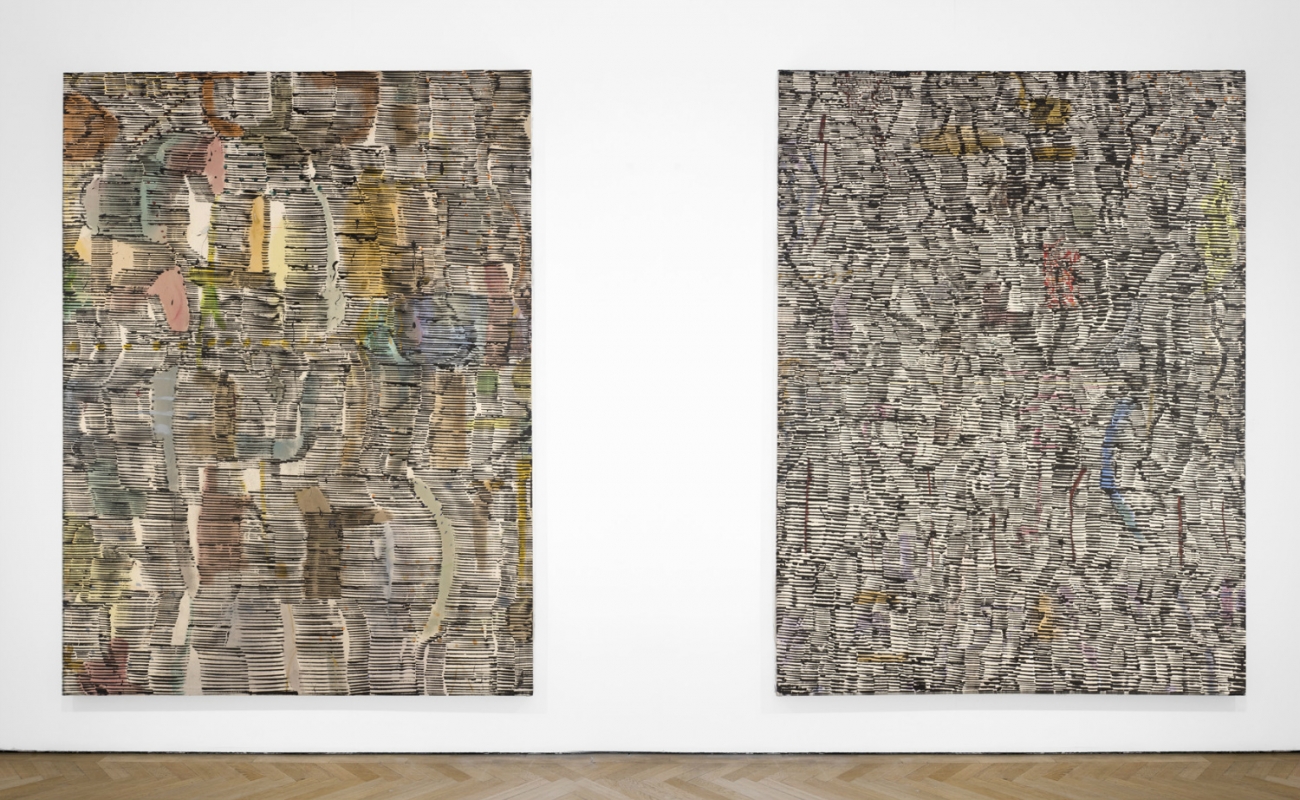
Q: Can you tell me more about the process in your works?
Being dyslexic all processes are made anew each day. I don’t have a formal process, in fact, likely the opposite. Everything is used. I was once told that a camera was a mirror with a memory and I find that it’s better not to have a memory of the paintings, so that with each body of work, I start from scratch, and I am not upset with this way of working. Although it has been brought about by dyslexia I have become used to not having a process memory.
Q: The idea/concept surrounding your work, can you tell us more?
The ideas and concepts surrounding my work are always personal little working outs of either things in my private life or things that I’ve caught out of the corner of my eye. The thing is to find the right materials and right scale for what you are trying to express, ‘a witness’ as I refer to it in my body of work.
My work often captures incidental traces of my time here. I don’t like to waste anything. I often take found objects and materials that have been discarded and use them as the basis for new work.
Q: Your works are very minimal and in some cases monochrome, has it always been like that?
Funny I find them neither minimal nor monochromatic. I don’t understand the terms minimal or monochromatic.
Q: You graduated in 1967, I would love to know more about the art scene in those years, and also if you could tell us more about the art scene in London in the 1980-1990 and how you see it compared to today?
If there was an art scene in Glasgow in 1967, I wasn’t interested in it.
There was a very robust art scene in London during the 80’s, but I was a househusband bringing up three children. My attentions were drawn to Modern dance. I worked with Laurie Booth, Russell Maliphant, Aletta Collins and collaborated with Hans Peter Khun and Gavin Bryars. I worked as a Designer on those collaborations. To name a few, Wonderlawn and Tango.
Q: What is important to you regarding your work?
Me working on it, that’s my greatest pleasure.
Q: Can you tell me more about your routines and rituals in your daily practice?
I start off the day, picking things off the pavement on the way to my studio, and doing a small collage from the daily newspapers.
Q: Can you let us in on some of the future projects, works?
I’m currently working on some new ash paintings.
